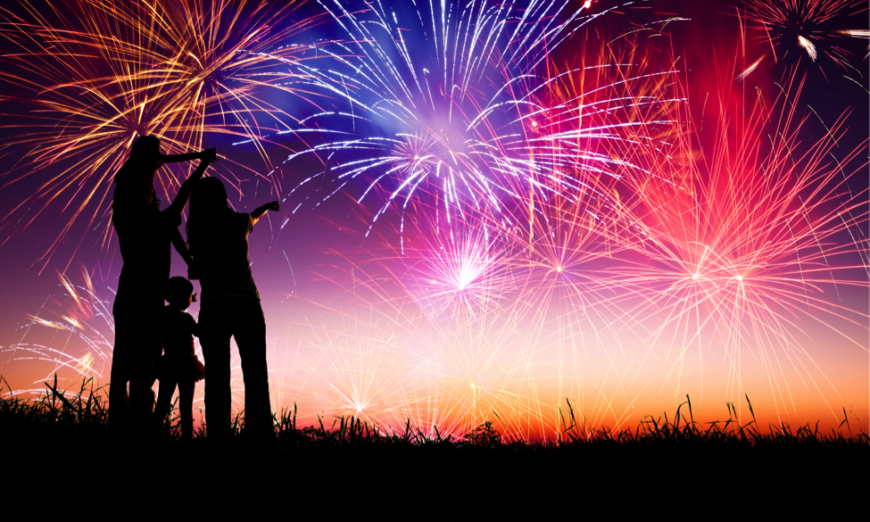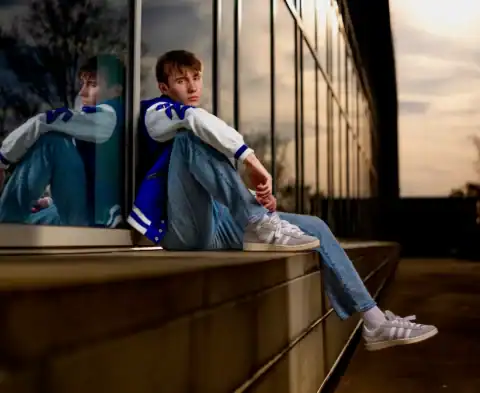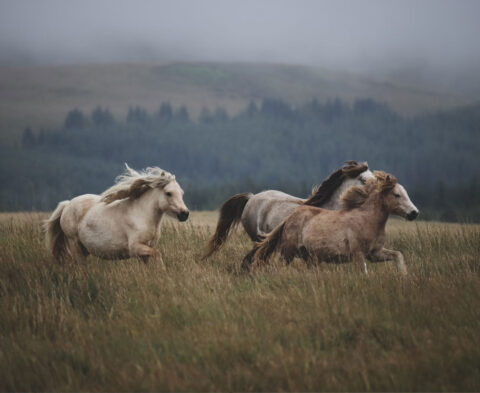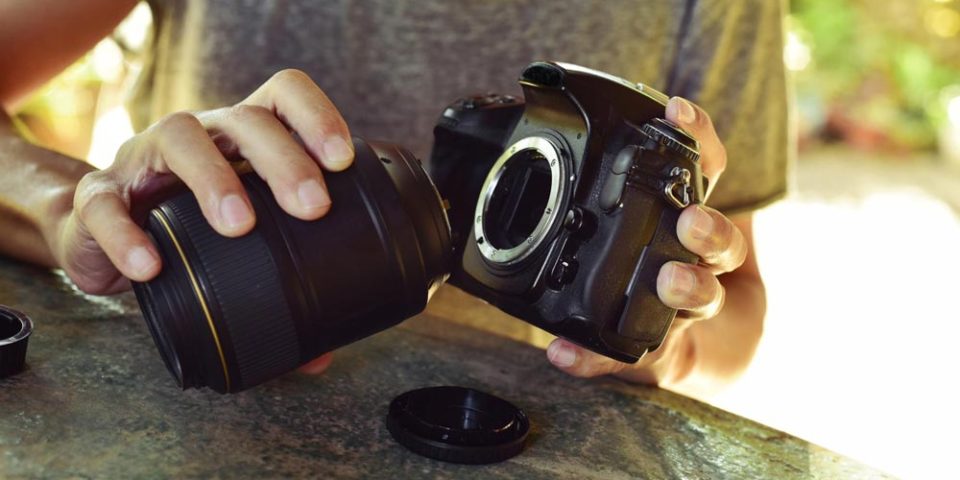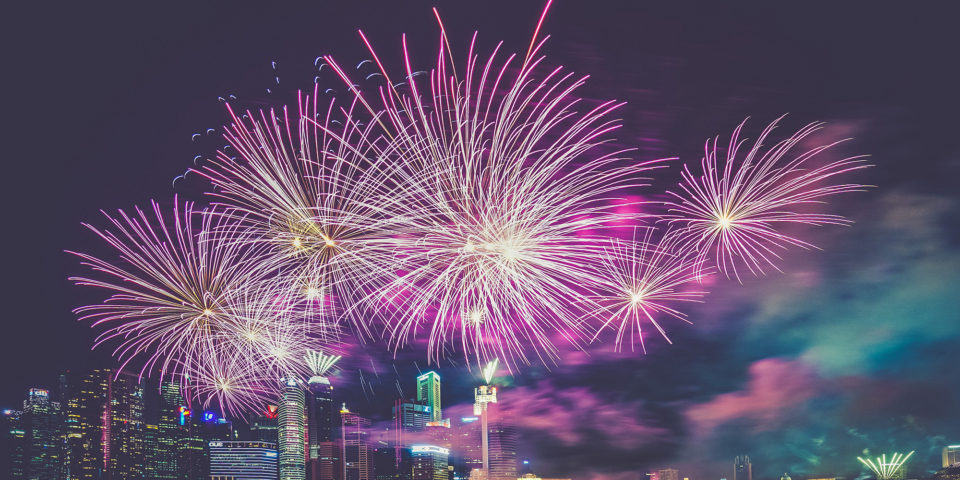All across this great country, we will be celebrating Canada Day. One of the great things that comes with Canada Day are tremendous fireworks shows. Here are some tips to help you get great shots.
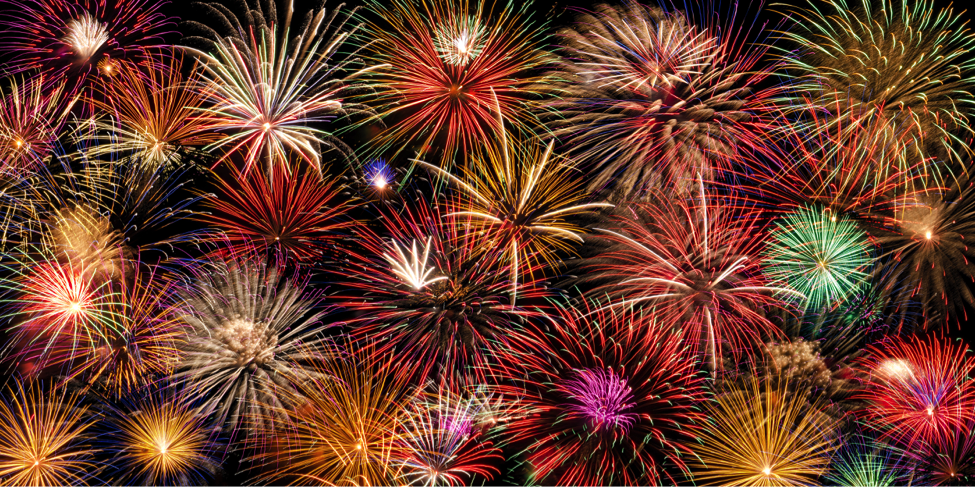
Figure 1 : Multiple Bursts captured on a single frame
Where and When
- Wherever you’re going to be on Canada Day, there is probably going to be a fireworks display, even if it is one that you do yourself. Thus step one: Know where you are going, how you will get there, and if taking a car, where you will park.
- If the show is advertised as going on at 10pm, don’t plan on arriving at 9:30pm to find your vantage point. Do your recon well in advance, and look at past images of shows from the location to try to find your best viewpoint. Some key tips are:
- Look for locations that are higher than the launch point, like a hill or mound, or even the highest level of a park
- Look for a place that will have some interesting foreground. Fireworks are bright and long exposures will illuminate the foreground. You want it to be interesting, not the town dump or a sea of parked cars.
- Big event fireworks are big, so you may not want to be right underneath them. You’ll be doing long exposures and you might want to capture the device going up before it explodes.
- Talk to other people to see where they have gone before and ask if they thought it was a good location or not.
- Once you’ve found your spot, arrange your schedule to arrive at least two hours early to get yourself established. Folding chairs are a good idea, and cooler with some sodas and snacks are good ideas. If the kids are coming with you, bring some stuff for them to play with.
Photo Gear for Fireworks
- A fireworks show doesn’t need a ton of gear, but there are some essentials. You will need a camera that can be set to Manual mode and that has a B or bulb setting.
- A versatile lens really works best here, something like an 18-250mm on a crop sensor or 28-300mm on a full-frame. These are perfect walk-around lenses in general and ideal for fireworks. You do not need super long or super fast lenses. Fireworks are very bright.
- You will need a good tripod, because you won’t be doing the majority of your shots handheld. In fact, a tripod really isn’t optional. If you don’t have a tripod, now’s the time to get one with carbon fibre legs and a good ball head.
- You should also have a simple remote release to trigger the shutter. You can go all high-tech with a wireless release or one that you operate from your smartphone. All these things can die or go wrong. Get a wired, battery free cable release. You will thank me later.
- Charge your main battery and take a fully charged spare.
- Make sure that you have a freshly formatted memory card in the camera, and a spare just in case.
- You don’t need all kinds of filters and other detritus unless you are planted under the launch point, and that’s pretty dumb so don’t do that.
- Don’t even think about putting a drone in the air. It’s illegal to fly drones at night, and it’s illegal to fly them in fireworks shows, and it’s illegal to fly them over crowds. Drones are awesome, but the local fireworks show is not the place for one.
Practical Prep
- Dress comfortably, don’t forget the bug spray, and wear closed-toe shoes since the odds of getting stepped on or dropping something heavy go up. The ground will get slippery as well. Bring a baseball cap. You will need it.
- Take a white towel to put underneath your tripod. It will help you find it, and anything that you drop in the dark.
- Get one of those little head mounted flashlights that is red. Red will let you see, won’t ruin your night vision, and won’t ruin the night vision of everyone around you. You will need this to play with your camera settings.
- Be prepared to get down low because the fireworks will be going up. Consider something to kneel or sit on. If your camera has a tilting rear LCD, that’s a real bonus, but remember that shooting in Live View is harder on the batteries.
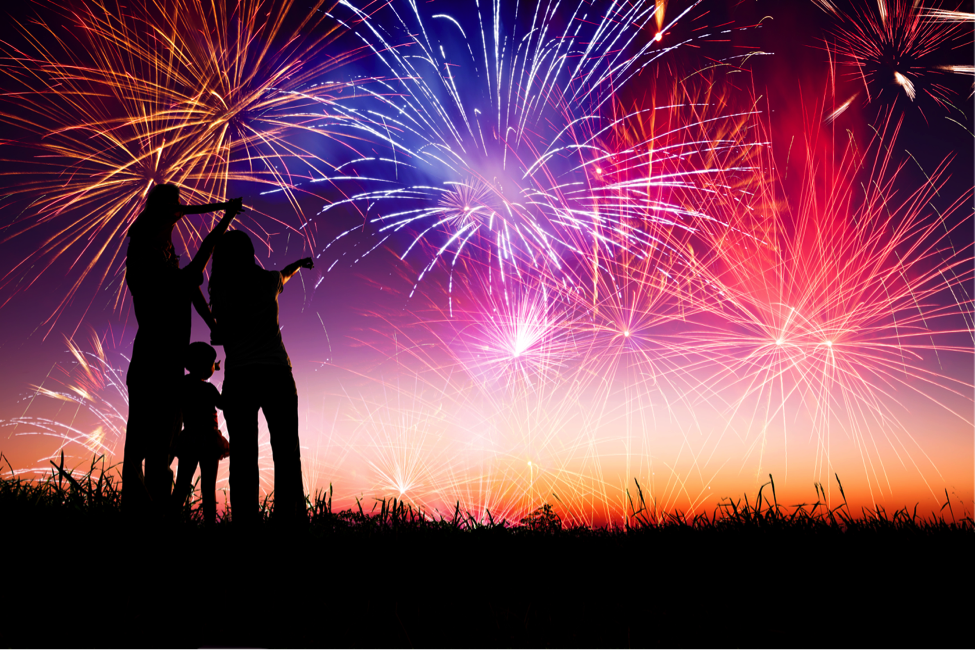
Figure 2 : You could bring this type of photo home yourself
Camera Settings for Fireworks
These are guidelines, but they’ve proven to work for me for a long time:
- Put the camera in manual mode
- Turn the autofocus off and manually focus to infinity before the light is all gone. Use a piece of tape to prevent the focus ring from turning.
- Set your ISO to 200
- Set your aperture to f/11
- Set your shutter speed to Bulb
- Aim the camera mounted on the tripod to where the fireworks will go up, using a relatively wide focal length. You will use the first couple of bursts to refine this.
- I only shoot in RAW, you should use whatever mode suits you, but remember that even though RAW will need some post processing, you have all the data in every shot, instead of discarding most of it as with JPEGs.
- Turn Long Exposure Noise Reduction OFF.
Photographing Fireworks
- When you see the arc of the fireworks going up, press and hold the release button on your remote release, and hold it until the burst is finished.
- Check the image on your LCD and reframe and zoom as necessary.
- Repeat for each burst. The time that the shutter is open will vary and that’s ok.
- For multiple bursts on a single frame get your hat ready. Keep the shutter open between bursts, but cover the front of the lens with the hat. This blocks incoming light between bursts. It’s really easy and produces some really cool results.
- Shoot a lot. No two bursts are going to be alike. There’s no need for continuous mode, because the exposures are long. Some shots will not work out, that’s normal so over shoot and you’ll come away with great images.
- Check the LCD during lulls in the action to make sure that the focus hasn’t moved and that you are getting the images that you like.
That’s about it. Fireworks are actually pretty straightforward to shoot and if you follow this guide, you are going to come home with some very cool images.
Thanks for reading, and until next time, peace.
Share your shots with us! Did you find Ross’ tips for shooting great fireworks photos handy? Let us know in the comments below. We’d love to see your photos!
